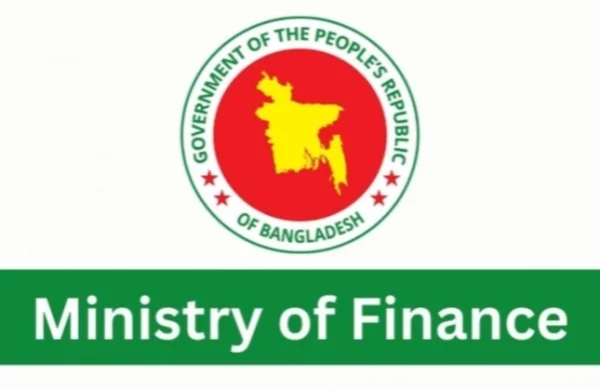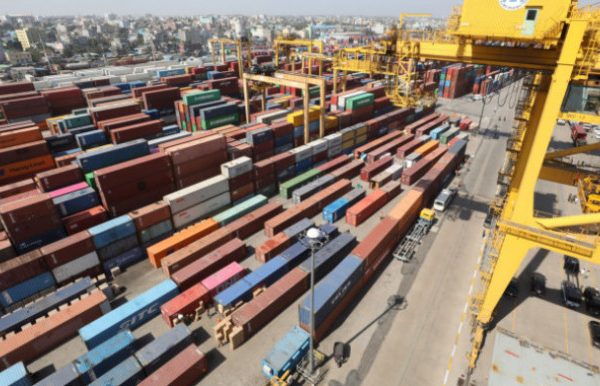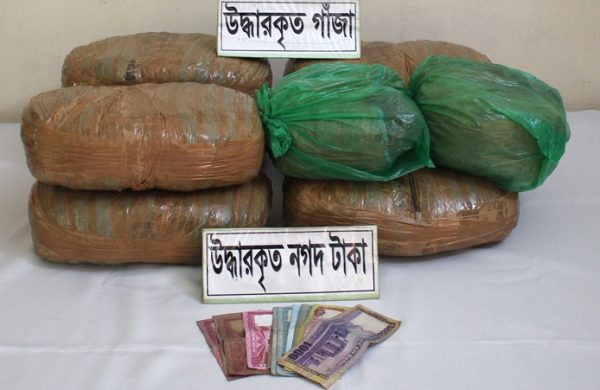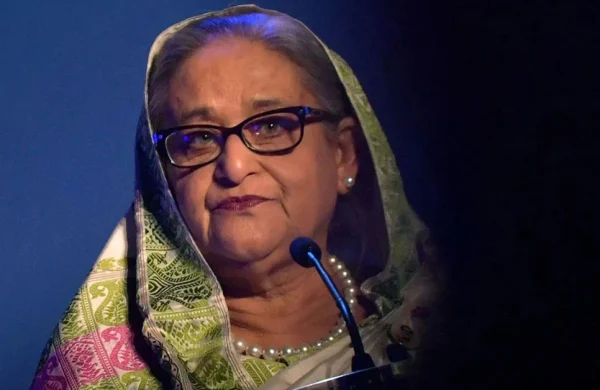Private external debt rises $275m in June quarter
- Update Time : Monday, September 9, 2024

TDS Desk:
Despite various factors, including exchange rate risk, making businesses less inclined to take out medium- and long-term dollar loans, an increase in short-term loans has led to an overall rise in private sector foreign debt by $275 million in three months.
According to Bangladesh Bank data, private sector foreign debt stood at $20.57 billion at the end of June, down from $20.3 billion at the end of March. Over the nine months from October last year to June, private sector foreign debt decreased by $706 million.
Syed Mahbubur Rahman, managing director of Mutual Trust Bank, told that, “During the April-June period, medium- and long-term loans did not decrease significantly. We are also not seeing many term loans being issued in foreign currency. Uncertainty in the exchange rate could be one reason for this.”
However, he said, some short-term demand loans are now emerging in the banking sector.
Central bank data shows that as of June, medium- and long-term debt decreased by $82 million over three months, bringing the outstanding amount to $9.17 billion. However, compared to September, the debt increased by $323 million as of the end of June.
The Bangladesh Bank reported that while medium- and long-term debt declined during the April-June period, short-term debt increased by nearly $358 million.
Short-term debt, which had been decreasing for almost a year and a half, increased in the June quarter. At the end of 2022, the outstanding amount was $16.42 billion, which dropped to $11.40 billion by the end of June this year. In the March quarter, the outstanding amount stood at $11.04 billion.
A deputy managing director of a leading private bank told that banks are now reducing their exposure to offshore banking units compared to before.
“Additionally, there is hesitation among customers regarding taking foreign loans. Due to these reasons, we are seeing a decrease in this debt in the medium term,” he said.
When asked why private sector short-term debt increased in the June quarter, the banker said, “As the economy of our country grows, so does the demand for dollar loans. Since our exchange rate has not yet stabilised, those taking short-term loans through buyer’s credit or other means are predicting the exchange rate for the next 5-6 months.”
Additionally, there has been a slight increase in the opening of back-to-back letters of credit, he said. “As a result, short-term debt has risen over the past three months.”
On 8 May, the central bank increased the price of the dollar by Tk7, marking the highest single-day devaluation of the taka in the country’s history. Although there have been signs of some stability in the dollar market since then, there remains concern among businessmen and bankers about the long-term future of the dollar’s price.
Most recently, in August, the central bank raised the dollar’s price by an additional Tk3, bringing it to Tk120.
A managing director of a bank said that the value of the taka has decreased by nearly 35% over the past two years.
“This means that customers have had to make significantly higher payments to repay loans in dollars. For instance, a customer who took out a loan when the exchange rate was Tk85 per dollar might find the rate has risen to Tk110 by the time of repayment,” he explained.
The concern about future fluctuations is discouraging businesses from increasing their medium and long-term debt, said the banker.
A senior official from the central bank said, “One of the reasons for the decline in our foreign exchange reserves over the past two years has been the reduction in short-term foreign debt. However, that pressure is gradually easing.”
He added. “There have been times when businesses were making debt payments of $700-800 million per month. Given this, the overall increase of $275 million in private sector foreign debt is certainly a positive development.”
The central bank data shows that on 4 September, according to BPM-6 standards, the country’s gross reserves were $20.56 billion. On the same day in 2023, the reserves were $25.62 billion, signifying that over the past year, the country’s reserves have decreased by more than $5 billion.















